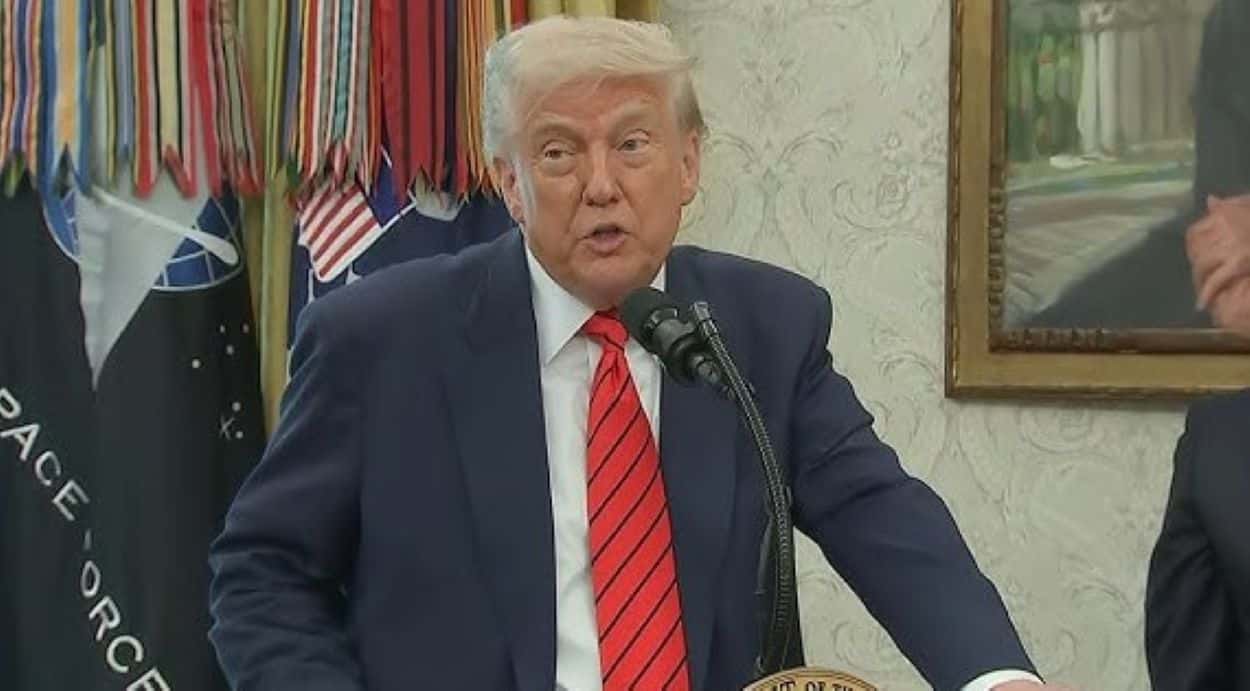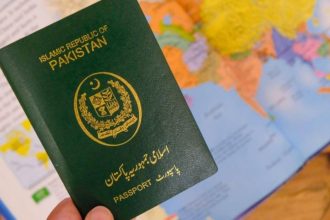President Donald Trump suggested that he might invoke the Insurrection Act if courts and Democratic governors block his National Guard deployments in cities such as Los Angeles and Portland. “We have an Insurrection Act for a reason,” Trump said in the Oval Office. “If people were being killed and courts held us up, I’d do that.” This escalates his immigration crackdown, amid protests against federal raids.
The Act, dating back to 1807, allows presidents to deploy military forces domestically to suppress unrest. Trump used Section 12406 of Title 10 for recent Guard activations, limiting troops to protecting federal property. The Insurrection Act would expand their role to arrests and searches, bypassing Posse Comitatus Act restrictions.
What Is the Insurrection Act?
The Insurrection Act empowers the president to use armed forces or federalise the National Guard to quell “unlawful obstructions, combinations, or rebellion” against federal authority. Signed by Thomas Jefferson in 1807, it combines statutes from 1792 to 1871. It allows troops to enforce laws or suppress insurrections without state consent in some cases.
Trump’s openly talking about invoking the Insurrection Act with zero insurrection in sight. He’s inventing chaos in Portland and Chicago, and even saying he’d use it if courts or local officials are ‘holding us up’.
Wild how he didn’t bother using it during the actual… pic.twitter.com/8znJE3KvCa
— Christopher Webb (@cwebbonline) October 7, 2025Under the Act, presidents must issue a proclamation ordering insurgents to disperse before deploying forces. It’s an exception to the 1878 Posse Comitatus Act, which bars military involvement in civilian law enforcement.
Why It’s Controversial
Founders feared military overreach after British abuses, so the Constitution gives governors control over state militias. The Act’s broad language risks eroding civil liberties. Civil rights groups warn it could turn the military into a domestic police force, as seen in past uses.
In 2025, Trump’s threats are tied to border emergencies and protests. An executive order on January 20 declared a southern border crisis, directing the Department of Defence and the Department of Homeland Security to evaluate the Act. June considerations for Los Angeles anti-deportation protests raised alarms, with California suing over the federalisation of the Guard.
Read: Trump’s Birthright Citizenship Order Deemed Unconstitutional
Historical Uses and Recent Context
The Act has been invoked about 30 times. Early uses quashed rebellions, such as the Whiskey Rebellion (1794). Presidents Eisenhower and Kennedy enforced school desegregation in the 1950s and 1960s against resistant governors. The last invocation was in 1992 for the Los Angeles riots after the Rodney King verdict, at California’s request.
Trump considered it in 2020 for the George Floyd protests, but backed off. In 2025, amid low violent crime, critics like the Brennan Centre call invocations unnecessary, risking abuse.
Courts rarely challenge presidential invocations, granting “great deference,” per the 9th Circuit. However, an Oregon judge in 2025 ruled that Trump’s deployment to Portland under Section 12406 was unlawful, citing facts over deference. The Supreme Court’s June 2025 ruling limited nationwide injunctions but didn’t rule on the Act’s merits.
Invocations without governor approval are rare; for instance, Bush declined to invoke the Insurrection Act in 2005 during Hurricane Katrina, despite opposition from Louisiana. A 2025 reform bill, the Insurrection Act of 2025, aims to limit powers, requiring congressional approval within seven days and prohibiting the suspension of habeas corpus.
Troops could enforce immigration raids or quell protests, but it risks escalation. In Portland and Chicago, mayors oppose deployments. If used, Trump must first proclaim dispersal. Critics fear it enables martial law-like control.






